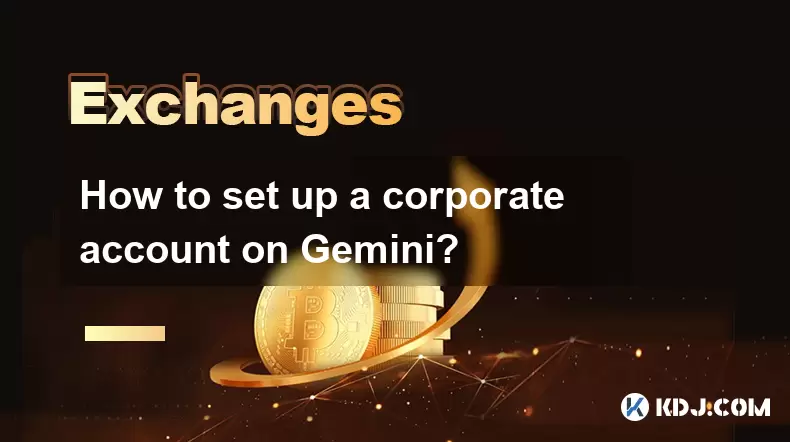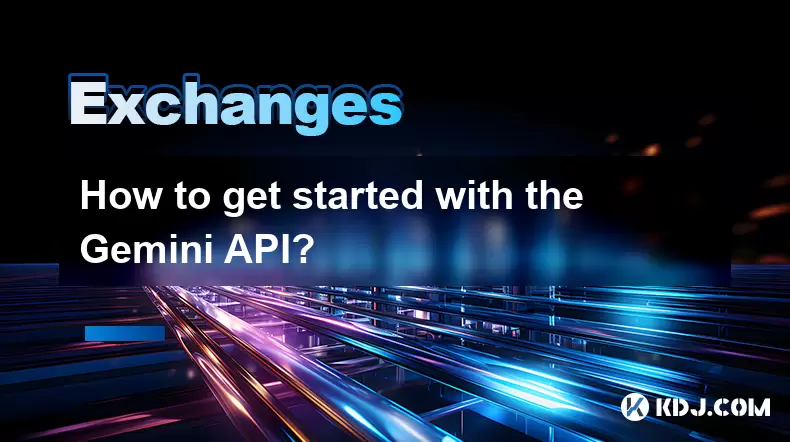-
 Bitcoin
Bitcoin $114200
0.00% -
 Ethereum
Ethereum $3637
0.56% -
 XRP
XRP $2.950
-2.01% -
 Tether USDt
Tether USDt $0.9999
0.02% -
 BNB
BNB $761.0
0.55% -
 Solana
Solana $164.1
-1.38% -
 USDC
USDC $0.9999
0.02% -
 TRON
TRON $0.3332
0.36% -
 Dogecoin
Dogecoin $0.2012
-0.52% -
 Cardano
Cardano $0.7261
-1.41% -
 Hyperliquid
Hyperliquid $37.62
-2.13% -
 Stellar
Stellar $0.3930
-2.65% -
 Sui
Sui $3.441
-0.16% -
 Bitcoin Cash
Bitcoin Cash $563.8
0.70% -
 Chainlink
Chainlink $16.50
0.09% -
 Hedera
Hedera $0.2424
-0.14% -
 Ethena USDe
Ethena USDe $1.001
0.01% -
 Avalanche
Avalanche $22.20
0.00% -
 Litecoin
Litecoin $118.0
-2.48% -
 UNUS SED LEO
UNUS SED LEO $8.991
0.12% -
 Toncoin
Toncoin $3.195
-3.87% -
 Shiba Inu
Shiba Inu $0.00001217
0.12% -
 Uniswap
Uniswap $9.674
-0.21% -
 Polkadot
Polkadot $3.633
1.00% -
 Monero
Monero $295.3
-0.82% -
 Dai
Dai $0.9999
0.00% -
 Bitget Token
Bitget Token $4.321
-0.41% -
 Cronos
Cronos $0.1392
0.73% -
 Pepe
Pepe $0.00001027
-0.89% -
 Aave
Aave $258.5
0.32%
how to trade spot on bybit
Bybit's spot market allows direct ownership of cryptocurrencies, offering a user-friendly interface and competitive fees for trading at current market prices.
Mar 26, 2025 at 03:15 am

How to Trade Spot on Bybit
Bybit is a popular cryptocurrency exchange known for its derivatives trading, but it also offers a robust spot trading platform. This guide details how to navigate Bybit's spot market and execute trades effectively. Understanding the nuances of spot trading on Bybit is crucial for maximizing your trading experience.
Understanding Bybit's Spot Market
Bybit's spot market allows you to buy and sell cryptocurrencies at the current market price. Unlike futures or perpetual contracts, spot trading involves immediate ownership of the asset. This means you directly own the cryptocurrency you purchase. This contrasts with derivatives trading where you're essentially betting on price movements without direct asset ownership. The price you see is the price you pay, reflecting the real-time market value.
Account Setup and Verification
Before you can trade spot on Bybit, you need a verified account.
- Visit the Bybit website and register for an account. Provide the necessary information, ensuring accuracy.
- Complete the KYC (Know Your Customer) verification process. This typically involves providing identification documents. This is a crucial step for security and regulatory compliance. Bybit's verification process helps to protect both you and the platform.
- Once verified, you'll gain access to all features, including spot trading. Always keep your account details secure and follow Bybit's security guidelines.
Depositing Funds
To trade spot, you'll need to deposit funds into your Bybit account.
- Navigate to the "Wallet" section of your Bybit account.
- Select the cryptocurrency you wish to deposit. Bybit supports a wide range of cryptocurrencies.
- Generate a deposit address. This is a unique address for your chosen cryptocurrency.
- Transfer your cryptocurrency from your external wallet to the generated Bybit deposit address. Double-check the address to avoid errors. Network fees apply, varying depending on the cryptocurrency and network congestion.
Navigating the Spot Trading Interface
Bybit's spot trading interface is user-friendly but requires understanding.
- Locate the "Spot" section on the Bybit platform. This section is usually clearly labeled.
- Select the trading pair you wish to trade. A trading pair represents two cryptocurrencies, such as BTC/USDT (Bitcoin/Tether).
- Familiarize yourself with the order book, showing buy and sell orders at different price levels. This provides insight into market depth and liquidity. Understanding the order book is crucial for informed trading decisions.
- Understand the chart displays. Bybit offers various chart types and indicators to help analyze price movements. Technical analysis skills are beneficial for spot trading.
Placing Spot Orders
Bybit offers various order types for spot trading. Choosing the right order type is critical for managing risk and achieving your trading goals.
- Market Order: This order executes immediately at the best available price. It's suitable for quick trades but may not always get the most favorable price. Market orders are generally used for immediate execution.
- Limit Order: This order is executed only when the market price reaches your specified price. It allows you to buy at a lower price or sell at a higher price. Limit orders are used for price-sensitive trading.
- Stop-Limit Order: This order is a combination of a stop order and a limit order. The order becomes a limit order when the market price reaches your specified stop price. Stop-limit orders help manage risk by limiting potential losses.
Understanding Fees
Bybit charges fees on spot trades. Understanding these fees is crucial for calculating your profit margins.
- Maker Fee: This fee is charged when your order adds liquidity to the order book. Maker fees are usually lower than taker fees.
- Taker Fee: This fee is charged when your order removes liquidity from the order book. Taker fees are generally higher than maker fees. Bybit's fee structure is transparent and readily available on their website.
Managing Your Spot Portfolio
Efficient portfolio management is crucial for long-term success in spot trading.
- Regularly review your portfolio's performance. Track your profits and losses to understand your trading strategies' effectiveness.
- Diversify your holdings across different cryptocurrencies to mitigate risk. Diversification is a key principle of risk management.
- Set realistic profit targets and stop-loss orders to manage risk. Risk management is paramount in cryptocurrency trading.
- Stay updated on market news and trends to make informed trading decisions. Market analysis is a crucial aspect of successful trading.
Withdrawing Funds
After trading, you may need to withdraw your funds from Bybit.
- Navigate to the "Wallet" section of your Bybit account.
- Select the cryptocurrency you wish to withdraw.
- Enter the withdrawal amount and your external wallet address. Double-check the address to avoid irreversible losses.
- Confirm the withdrawal. Withdrawal processing times vary depending on the cryptocurrency and network conditions.
Frequently Asked Questions
Q: What are the advantages of spot trading on Bybit?
A: Bybit's spot market offers access to a wide range of cryptocurrencies, competitive fees, and a user-friendly interface. It provides direct ownership of the assets, unlike derivatives trading.
Q: Is spot trading riskier than futures trading on Bybit?
A: Both spot and futures trading carry inherent risks. Spot trading involves the risk of price fluctuations, while futures trading adds leverage risk. The level of risk depends on your trading strategy and risk management practices.
Q: How can I reduce my trading fees on Bybit's spot market?
A: Placing maker orders instead of taker orders can significantly reduce your trading fees. Maker orders add liquidity to the market, while taker orders remove it. Bybit's fee structure is designed to incentivize liquidity provision.
Q: What are the minimum deposit requirements for spot trading on Bybit?
A: The minimum deposit requirements vary depending on the cryptocurrency. Check Bybit's website for the specific requirements for each supported cryptocurrency. It's advisable to check the minimum deposit amount before transferring funds.
Q: How secure is spot trading on Bybit?
A: Bybit employs robust security measures to protect user funds and data. However, it's crucial to practice good security habits, such as using strong passwords and enabling two-factor authentication. Security is a shared responsibility between the platform and the user.
Disclaimer:info@kdj.com
The information provided is not trading advice. kdj.com does not assume any responsibility for any investments made based on the information provided in this article. Cryptocurrencies are highly volatile and it is highly recommended that you invest with caution after thorough research!
If you believe that the content used on this website infringes your copyright, please contact us immediately (info@kdj.com) and we will delete it promptly.
- Binance, CZ, and the FTX Fallout: The $1.8 Billion Question
- 2025-08-06 18:30:12
- Brendan Rodgers, Celtic, and the Greg Taylor Role: A Tactical Conundrum
- 2025-08-06 18:50:12
- Coinbase Stock, Investment, and Earnings: Navigating Crypto's Tides
- 2025-08-06 18:55:54
- DALPY Coin: Investor Buzz Swirls Around Upcoming 'Game-Changing' Features
- 2025-08-06 18:30:12
- BlockchainFX: Your Ticket to 1000x Crypto Gains in '25?
- 2025-08-06 19:30:12
- Dogecoin Price, Technical Indicators, and Trader Sentiment: A NYC Perspective
- 2025-08-06 19:35:12
Related knowledge

How to set and manage alerts on the Gemini app?
Aug 03,2025 at 11:00am
Understanding the Gemini App Alert SystemThe Gemini app offers users a powerful way to stay informed about their cryptocurrency holdings, price moveme...

How to use the Gemini mobile app to trade on the go?
Aug 04,2025 at 09:14am
Setting Up the Gemini Mobile AppTo begin trading on the go using the Gemini mobile app, the first step is installing the application on your smartphon...

How to set up a corporate account on Gemini?
Aug 05,2025 at 03:29pm
Understanding Gemini Corporate AccountsGemini is a regulated cryptocurrency exchange platform that supports both individual and corporate account crea...

What to do if you forgot your Gemini password?
Aug 04,2025 at 03:42am
Understanding the Role of Passwords in Gemini AccountsWhen using Gemini, a regulated cryptocurrency exchange platform, your password serves as one of ...

What are the websocket feeds available from the Gemini API?
Aug 03,2025 at 07:43pm
Overview of Gemini WebSocket FeedsThe Gemini API provides real-time market data through its WebSocket feeds, enabling developers and traders to receiv...

How to get started with the Gemini API?
Aug 05,2025 at 12:35pm
Understanding the Gemini API and Its PurposeThe Gemini API is a powerful interface provided by the cryptocurrency exchange Gemini, enabling developers...

How to set and manage alerts on the Gemini app?
Aug 03,2025 at 11:00am
Understanding the Gemini App Alert SystemThe Gemini app offers users a powerful way to stay informed about their cryptocurrency holdings, price moveme...

How to use the Gemini mobile app to trade on the go?
Aug 04,2025 at 09:14am
Setting Up the Gemini Mobile AppTo begin trading on the go using the Gemini mobile app, the first step is installing the application on your smartphon...

How to set up a corporate account on Gemini?
Aug 05,2025 at 03:29pm
Understanding Gemini Corporate AccountsGemini is a regulated cryptocurrency exchange platform that supports both individual and corporate account crea...

What to do if you forgot your Gemini password?
Aug 04,2025 at 03:42am
Understanding the Role of Passwords in Gemini AccountsWhen using Gemini, a regulated cryptocurrency exchange platform, your password serves as one of ...

What are the websocket feeds available from the Gemini API?
Aug 03,2025 at 07:43pm
Overview of Gemini WebSocket FeedsThe Gemini API provides real-time market data through its WebSocket feeds, enabling developers and traders to receiv...

How to get started with the Gemini API?
Aug 05,2025 at 12:35pm
Understanding the Gemini API and Its PurposeThe Gemini API is a powerful interface provided by the cryptocurrency exchange Gemini, enabling developers...
See all articles

























































































